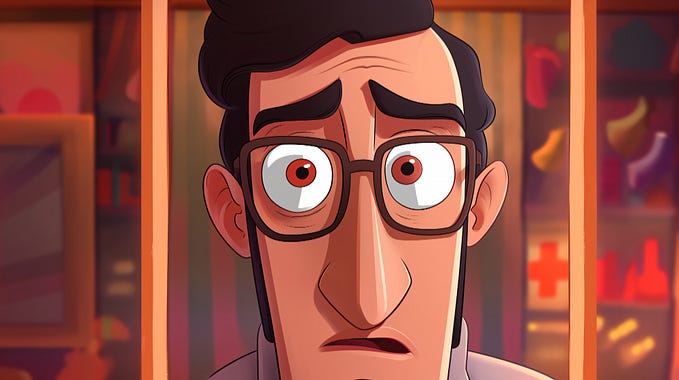Framing Effect 🖼

📍 What ?
Framing what ? Yes, it’s a little confusing. However framing effect is now here and we need to talk about it. Trust me, you will be suprised.
The framing effect is that our decisions are affected by the way presented of information. This effect shows that, depending on which features are emphasized, equivalent information can be more or less attractive.

For example, let’s consider two ice cream shops. The variety, size and price of the ice creams sold in these shops are exactly the same.
The only difference is their slogan:
First shop: 20% fat ice cream
Second shop: 80% fat free ice cream
At the end, people compare both places and choose the second shop.
We choose the positive way in our opinion even all conditions are equal, but .. how?
📍 ️How ?
Psychologists Amos Tversky and Daniel Kahneman were the first to systematically study the impact of the framing effect on decision making. Their work in 1979 established and named “Expectancy Theory”.
“In this study, Tversky and Kahneman asked participants to decide between two treatments for 600 people with a terminal illness. Treatment A would result in 400 deaths, and treatment B had a 33% chance of no one dying, and a 66% chance of everyone dying. This was done with either positive framing (how many will live) or negative framing (how many will die). Treatment A received the most support (72%) when framed as saving 200 lives, but dropped significantly (to 22%) when framed as losing 400 lives. This showed that the choices we make are also influenced by the way they are framed.” (you can read more in there)
📍 Why ?
Our decisions are influenced by the way options are highlighted by different wording and reference points. In this way, the easiest thing to mislead us is a positive gain or a negative loss.
We need a framework for everything we want to avoid losing.
The study of psychologists Daniel Kahneman and Amos Tversky explains what they call the framing effect, the “Expectancy Theory.” According to expectancy theory, a loss is thought as more important and therefore more worthy of being avoided than an equivalent gain.
🔸Processing and evaluating information takes time and energy. Our minds often use shortcuts or “heuristics” to make this process more efficient.

- The availability heuristic is our tendency to use information that comes to mind quickly when making decisions. Studies have shown that the framing effect is more common in older adults who prefer information to be easily available to them.
- The affect heuristic is a shortcut. We rely on our emotional state when we don’t want to take the time to think about the consequences of a decision. This may be why we prefer options that are framed in a way that evokes an immediate emotional response.
🔸The framing effect is one of the biggest biases. In general, susceptibility to framing effects increases with age. And also, framing effect is weaker when it comes another foreign language. The reason of this loss, the second language has more emotional contribution. And so, this things which can affect decision making, leading to more systematic decisions. There are a few strategies for reducing the framing effect for us. Research shows people who are more “involved” on an issue are less framing effects surrounding it.
🔸How is it ? Are you a little confused ? The framing effect can be briefly summarized as follows. The more aware we are of those around us, the easier it is to make decisions.
✨ Make every decision that you take, make you happy !









